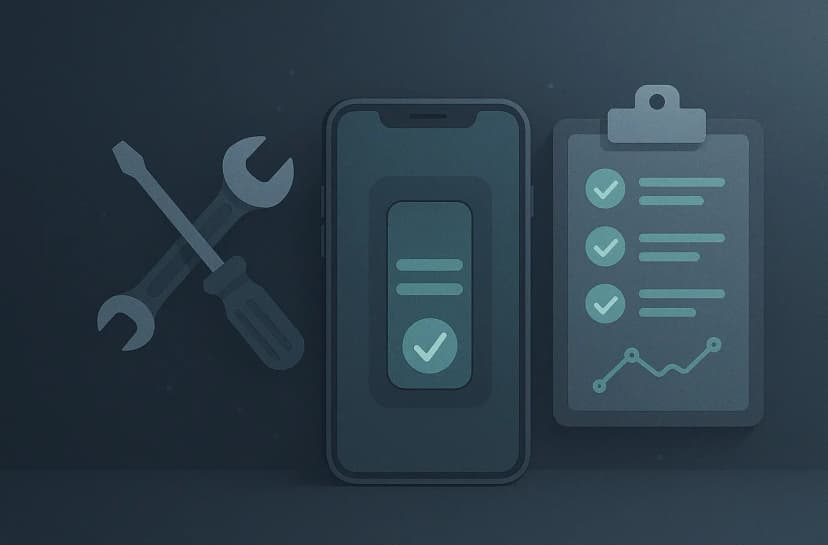
Mobile Automation Testing Guide: Android & iOS Frameworks
Is Your Mobile App Ready for Automation Testing Success? Have you ever launched a mobile app update only to face sudden crashes on iOS or broken features on And...
Loading...
Loading...
Loading...
Explore articles tagged with appium
Discover comprehensive guides, tutorials, and best practices related to appium. Our expert-written articles cover everything from basic concepts to advanced techniques, helping you master this important aspect of software testing and quality assurance.
Discover expert insights and tutorials related to appium

Is Your Mobile App Ready for Automation Testing Success? Have you ever launched a mobile app update only to face sudden crashes on iOS or broken features on And...

What is Mobile App Test Automation? Mobile Application Testing is one of the most important aspects of modern software testing. It enables testers to automate r...

The automation testing landscape is evolving rapidly, driven by innovations in artificial intelligence, low-code platforms, and cross-platform compatibility. Ch...

As mobile apps become increasingly complex, testing them effectively requires more than just manual efforts. Diverse device ecosystems, fragmented OS versions,...

Ensuring consistent app quality across platforms is vital for user satisfaction and business success. But Android and iOS differ significantly in architecture,...

In today’s fast-paced software world, automation testing is a game-changer for testers. Imagine running hundreds of test cases by hand—it’s exhausting and...

If you’re reading this, chances are you’re either knee-deep in developing a mobile app or you’re just curious about what makes these tiny powe...

Welcome to the ultimate guide on testing mobile apps on a desktop. In the fast-paced world of mobile app development, ensuring your app works flawlessly across...

Let’s talk about mobile testing. In a world where our phones are practically an extension of ourselves, ensuring that mobile apps work flawlessly is more crucia...
Discover more articles on related testing topics